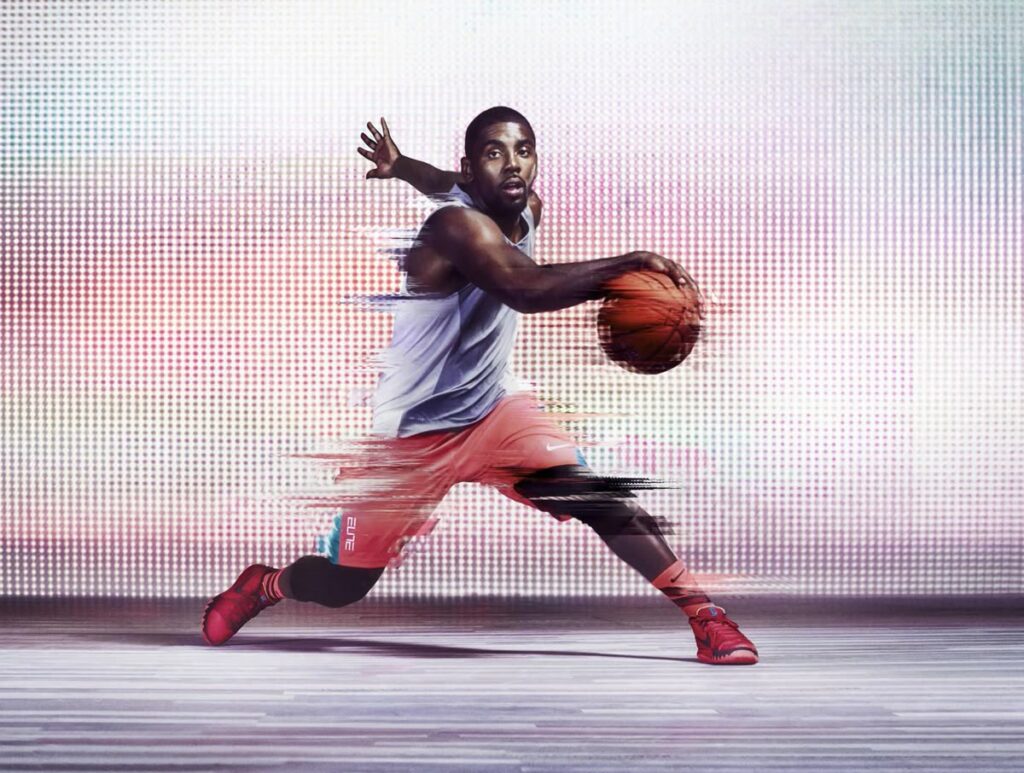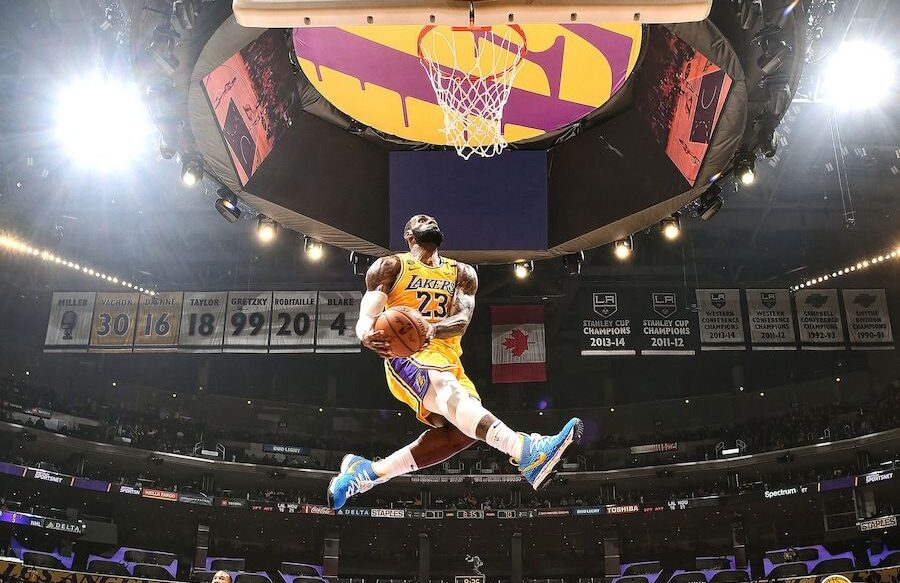Basketball is one of the most popular sports in the world fast paced, thrilling, and packed with energy. Whether you’re playing for fun at your local court or dreaming of becoming the next big star, understanding the basic basketball rules and fouls is essential. For beginners, knowing these fundamentals helps you play smarter, avoid unnecessary penalties, and enjoy the game to the fullest.
In this guide, we’ll walk you through the essential basketball rules, types of fouls, and key tips every beginner should know before stepping on the court.


The main goal of basketball is simple: score points by shooting the ball through the opponent’s hoop while preventing them from scoring in yours.
Each team has five players on the court — usually consisting of two guards, two forwards, and one center. The game is played in quarters (each lasting 10–12 minutes depending on the league). The team with the most points at the end wins.
The game begins with a jump ball at the center circle between two players.
The referee tosses the ball upward, and both players try to tap it to a teammate.
2 Points: Any shot made inside the three-point line.
3 Points: Any shot made beyond the three-point line.
1 Point: Free throws (awarded after certain fouls).
Players must dribble (bounce) the ball while moving.
If a player stops dribbling and then starts again, it’s called a double dribble — a violation.
Traveling occurs when a player takes more than two steps without dribbling.
Teams have limited time to attempt a shot:
24 seconds in professional leagues (like the NBA).
30 seconds in some amateur or school leagues.
If the ball goes outside the boundary lines, possession is given to the opposing team.
Good passing and teamwork are key to maintaining possession and creating scoring opportunities.
Common passes include chest pass, bounce pass, and overhead pass.
A personal foul occurs when a player makes illegal physical contact with an opponent. Examples include:
Pushing or holding
Hitting or blocking an opponent unfairly
Reaching in to steal the ball and hitting the player instead
If a player commits too many personal fouls (usually 5 or 6), they foul out and must leave the game.
When a defender fouls a shooter during an attempt, the shooter gets free throws.
2 free throws for a missed 2-point attempt.
3 free throws for a missed 3-point attempt.
1 free throw if the basket was made (and the foul counts too).
These aren’t about physical contact but about unsportsmanlike behavior — like arguing with the referee, using abusive language, or breaking game etiquette.
Technical fouls give the opposing team a free throw and possession.
These are committed by the team in possession of the ball.
Common examples:
Charging: When a player runs into a defender who has established position.
Illegal screen: Blocking an opponent without proper positioning.
A flagrant foul involves excessive or violent contact, often resulting in ejection and free throws plus possession for the opposing team.
Traveling: Moving without dribbling the ball.
Double Dribble: Dribbling again after stopping.
Carrying: Lifting the hand under the ball while dribbling.
Backcourt Violation: Returning the ball to your own half after crossing midcourt.
3-Second Rule: Offensive players can’t stay in the key (paint) for more than 3 seconds.
5-Second Rule: You can’t hold the ball for more than 5 seconds during a throw-in or while being closely guarded.

Practice Dribbling and Shooting Daily: Consistency builds skill.
Watch Professional Games: Learn positioning, movement, and decision-making.
Work on Defense: Good defense wins games as much as good offense.
Communicate with Teammates: Basketball is a team sport — coordination is everything.
Stay Fit and Hydrated: Endurance and speed are key for performance.
Understanding the basic basketball rules and fouls is the first step toward becoming a confident and skilled player. Once you’ve mastered these essentials, you’ll find the game more exciting and strategic. From proper dribbling to avoiding fouls, every rule helps create fairness and flow on the court.
So grab your sneakers, hit the court, and start applying what you’ve learned — because every great player once started as a beginner who learned the rules first.